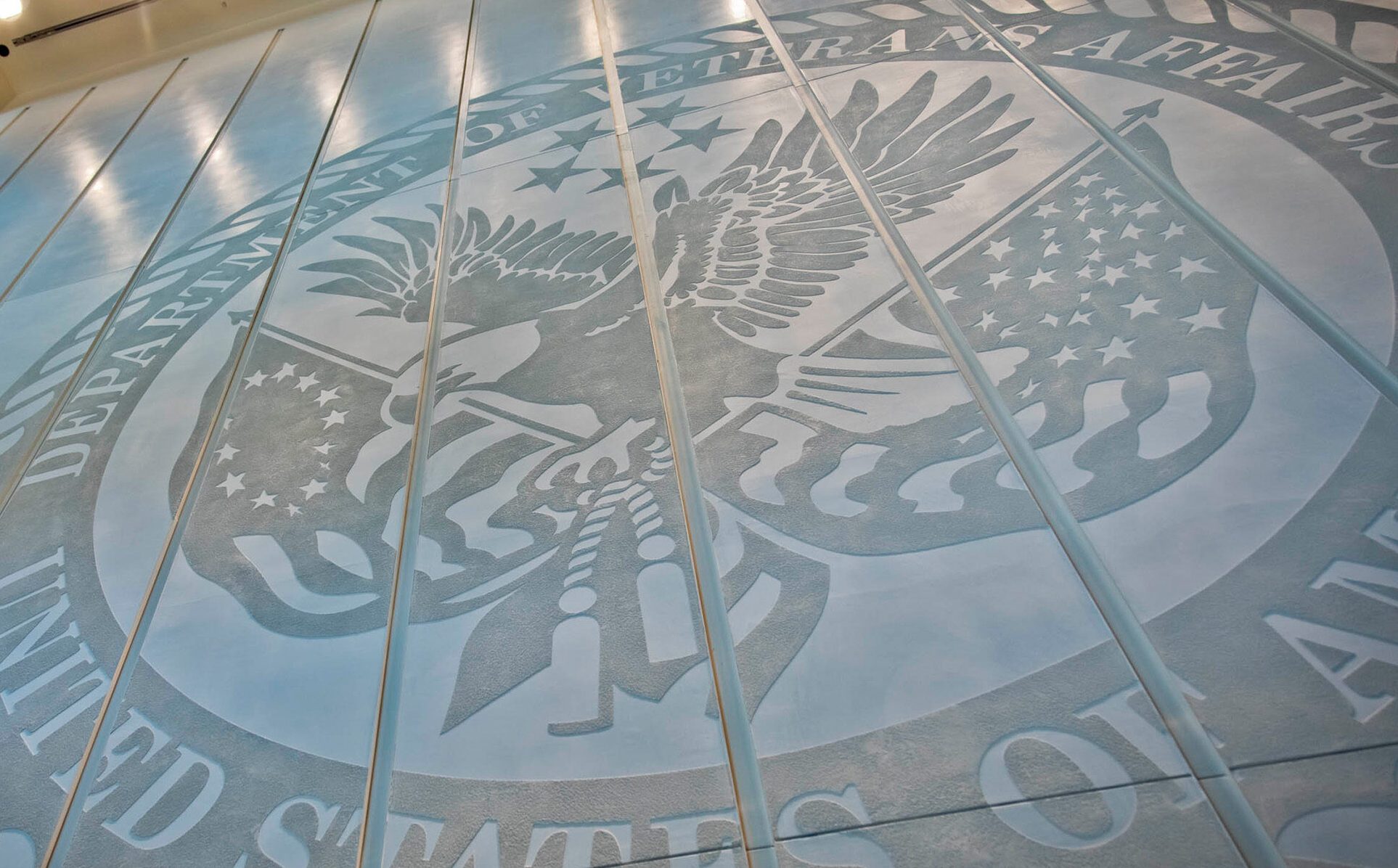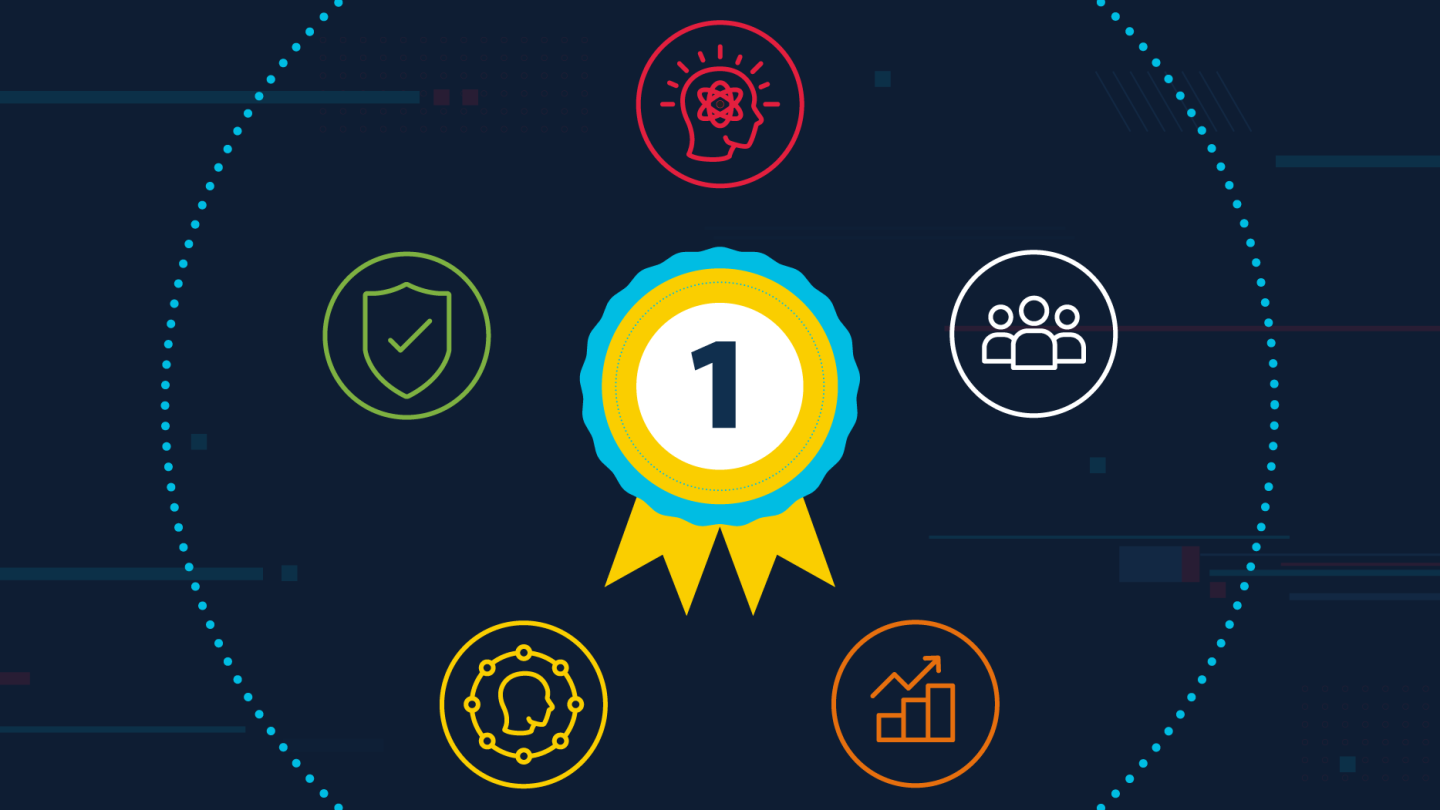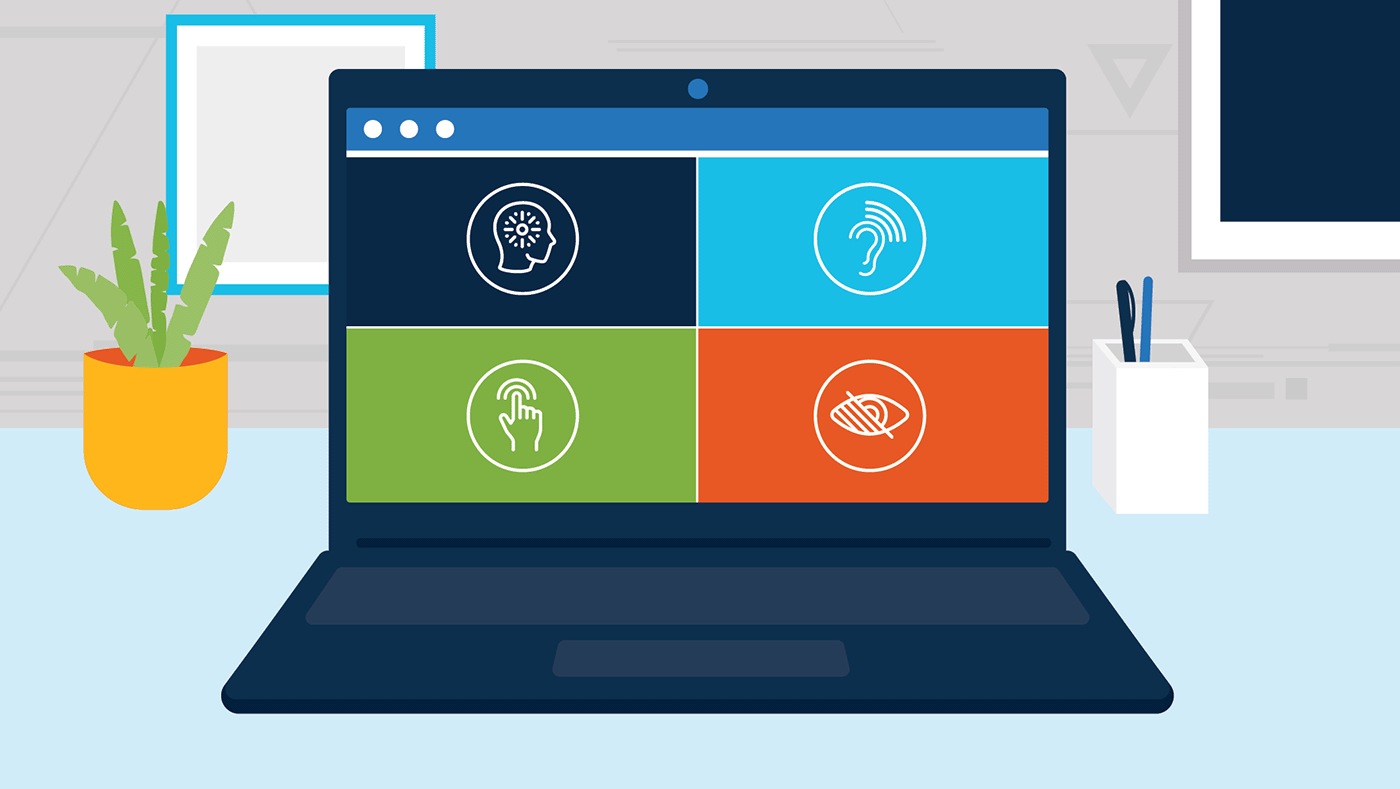Appears In
The pandemic has drawn people even closer to the technology in their lives. Telework, telehealth, home teaching — what were once concepts for the future are now commonplace activities. The Department of Veterans Affaris‘ (VA) Office of Information and Technology (OIT) is building on our continuing Digital Transformation that guides every aspect of delivering services to Veterans in 2021. This year will be even more exciting!
To put it all in context, less than a year ago, the way we live and work changed altogether. A once in a generation public health emergency necessitated new thinking, quick action, and nimble delivery of vital services to support our Veteran customers. Our Digital Transformation strategy provided the platform and the framework to grow. For instance:
- We moved a large portion of our workforce of nearly 500,000 staff and contractors to telework with a range of devices that let them work from their homes — many for the first time. Productivity kept pace with, and even sometimes exceeded, the in-office work that was the norm. We monitor our applications and networks so we are able to quickly respond to and mitigate incidents before they affect our staff.
- We rapidly scaled our telehealth capabilities, which dramatically altered health care delivery. Before the pandemic, we averaged about 25,000 telehealth visits per month; today, we routinely exceed more than 45,000 telehealth visits per day.
- We also created a range of apps and chat bots to assist with scheduling and routine questions, to ensure Veterans remained in touch and healthy while practicing social distancing.

So, what’s on tap for 2021?
In short, we are building on the great work of the past few years and are leveraging a range of innovative products and services for our Veterans. In conjunction with our business partners — Veterans Health Administration, Veterans Benefits Administration, and National Cemetery Administration — we’re developing tools to provide Veterans, their families and stakeholders a world-class experience that exceeds their needs. One such tool is VANotify, a new paperless platform that enables VA to send digital notifications to Veterans, their families, and caregivers, instead of using regular postal mail. In addition, we’re leveraging VEText via Short Message Service (SMS) to notify Veterans about appointments.
We will continue transforming our IT workforce by boosting recruitment of professionals who have next-generation IT skills, and training our current workers to build on existing skills. For the last two years, the Department has ranked sixth out of a list of 17 large federal agencies identified by the Partnership for Public Service as one of the best places to work in the Federal Government. Having the best talent at VA is a critical part to deliver high-quality care and customer service for Veterans. As part of our cyber workforce modernization, we have partnered with the Cybersecurity and Infrastructure Security Agency (CISA) and the Department of Defense (DOD) to launch the Cyber Career Pathways Tool. We are also developing a cyber career program like the Next Generation Workforce Initiative — a program focused on entry-level recruitment and development to include apprenticeships and internships. As we modernize our workforce, we will continue to leverage federal and industry talent by creating initiatives focused on recruitment and retention of talent.
We are building seamless and secure interoperability into our systems while also transforming our procurement and acquisition processes. Together with other agencies, we embody a ‘one team, one fight’ mentality to cybersecurity and that includes where we source our technologies. As we implement new technologies and applications, we will assess security implications, test, and ensure that our processes are coordinated to minimize risk to VA networks. Even though we are operating in a new environment due to the pandemic, we still fulfil our obligation to provide business solutions that are safe, secure, and protect Veterans’ data as well as ensure access.
VA partnered with AT&T, T-Mobile, and Verizon to roll out 5G coverage at our Puget Sound, Miami, and Palo Alto facilities. In 2021, we will be experimenting with how 5G can enable and enhance wearable technology, telemedicine, virtual reality patient care and clinician training. We’re excited by the possibilities 5G offers to power our mission in the service of Veterans and their families. We will continue to lead the way to bring technological innovation that enables better service to Veterans today and strengthens VA’s preparedness to meet Veteran needs in the future.
We continue to modernize our platforms and apps to streamline our connections with Veterans so that new services can be delivered faster and give a world-class customer experience. We are constantly assessing new technologies for potential to help VA execute its mission.
For instance, VA recently announced an initiative with Fitbit to provide 10,000 eligible Veterans, caregivers and VA staff access to Fitbit programs to help manage stress, improve sleep, and increase physical activity during the pandemic.
VA is also working with Veteran service organizations and community-based organizations to explore how wearables and other digital health technologies can help Veterans and VA health care teams meet their health care needs.
Internally, our VA customers have faster access to IT support, including 24/7 chatbot options, device-as-a-service, and Windows Virtual Desktop for easy account setup and maintenance for employees. We’re improving the end-user experience for VA staff by implementing cloud technology across the enterprise and migrating applications and systems to the cloud.
There are several emerging themes for our expansive approach:
- We are implementing industry-leading data analysis and machine learning tools to help VA researchers and data scientists make new healthcare discoveries. Already, we’ve shown a major improvement in processing times for some key VA metrics by leveraging the cloud-native data analytics environment.
- We are exploring automation technologies such as robotic process automation, AI-based image processing, clinical decision support and other techniques that will help streamline VA operations.
- We are increasing reliance on our APIs — and we are working with the private sector on this rapidly expanding area to cultivate an integrated ecosystem. Our Lighthouse API platform allows developers to easily build services that provide Veterans consistent and reliable secure access to their data.
Finally, and just as critically, a big part of our 2021 focus will be on supporting VA’s work to vaccinate Veterans and family members. Our mission to support collaboration between VHA and the U.S. Centers for Disease Control to this end will be a top priority, along with other emerging COVID-19-related functions that depend on technology to succeed.
Technology is a key component of how VA delivers on its mission. And in 2021 and beyond, OIT will continue harnessing our power to ensure timely, secure, cost-effective delivery of quality services and benefits to honor and protect our Veterans.






